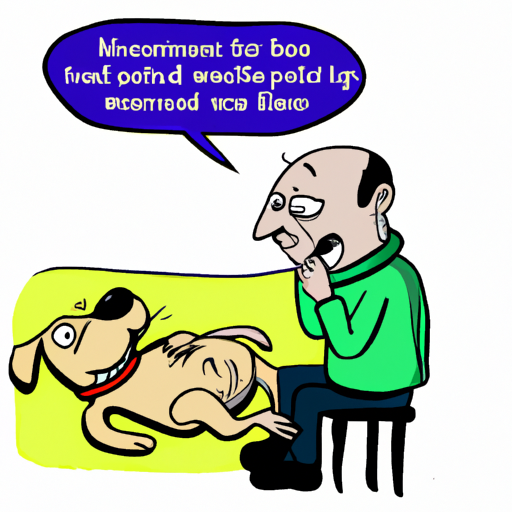If you’re a dog parent, one of your primary concerns is always the health and wellbeing of your furry friend. Among the many health conditions that can affect dogs, one of the most serious and potentially life-threatening is Gastric Dilatation-Volvulus (GDV), commonly known as bloat. Understanding the symptoms of bloat in dogs can mean the difference between life and death.
In this guide, we’ll delve into what bloat in dogs looks like, its symptoms, causes, and prevention methods.
Table of Contents
- Understanding Bloat
- Identifying the Symptoms
- Causes of Bloat
- Treatment Options
- Prevention Methods
- Frequently Asked Questions
Key Takeaways
- Bloat is a serious and potentially life-threatening condition in dogs.
- Early detection of the symptoms can be life-saving.
- Some breeds are more susceptible to bloat than others.
- Treatment typically involves immediate veterinary intervention.
- Preventative measures can reduce the risk of bloat.
Understanding Bloat
Bloat, or GDV, is a condition where the dog’s stomach fills with gas and often twists on itself. This twisting action can cut off the blood supply to the stomach and other vital organs, leading to shock and quickly resulting in death if not treated promptly.
According to veterinary experts, breeds with deep, narrow chests like Great Danes, Saint Bernards, and Weimaraners are more prone to this condition. However, bloat can affect any dog, regardless of breed or size.
Identifying the Symptoms
Recognizing the symptoms of bloat early can save your pet’s life. Here are some common signs to watch out for:
- Abdominal Distension: The dog’s abdomen may appear swollen or bloated.
- Unproductive Vomiting: The dog may try to vomit but bring up nothing or only foam.
- Restlessness: The dog may pace, be unable to find a comfortable position, or refuse to lie down.
- Rapid Breathing: Their breathing may become shallow and rapid.
- Excessive Drooling: The dog may salivate more than usual.
Other symptoms may include a rapid heartbeat, pale gums, and collapse in severe cases. If you notice these symptoms, it’s vital to take your dog to the vet immediately.
Causes of Bloat
The exact cause of bloat remains uncertain, but several risk factors have been identified. These include rapid eating, overeating, heavy exercise after eating, stress, and a family history of the condition. For more in-depth information on this topic, visit onetopdog’s guide on causes of bloat.
Treatment Options
Treatment for bloat typically involves emergency veterinary attention. The vet may use a tube or a large needle to release the gas from the stomach. In many cases, surgery is needed not only to untwist the stomach but also to prevent future episodes. More details about treatment options can be found here.
Prevention Methods
While it’s impossible to eliminate all risk of bloat, certain measures can help reduce the likelihood:
- Feed your dog smaller, more frequent meals.
- Discourage rapid eating by using special bowls or puzzle feeders.
- Limit physical activity for an hour after eating.
- If your dog is particularly at risk, consider a preventative surgical procedure known as “gastropexy.”
You can find more tips on preventing bloat in dogs here.
Frequently Asked Questions
Q1: Are certain dog breeds more prone to bloat?
Yes, breeds with deep, narrow chests like Great Danes, Saint Bernards, and Weimaraners are more susceptible.
Q2: Can bloat in dogs resolve itself?
No, bloat is a medical emergency and requires immediate veterinary attention.
Q3: Can a dog survive bloat without treatment?
Unfortunately, a dog with bloat cannot survive without treatment. The condition can lead to death in just a few hours.
Q4: Can puppies get bloat?
Yes, while it’s more common in adult dogs, puppies can also get bloat.
In conclusion, understanding the symptoms of bloat and acting quickly at the first signs can save your dog’s life. It’s essential to stay vigilant and seek immediate veterinary care if you suspect bloat. This guide should serve as a starting point, but nothing replaces professional veterinary advice.



